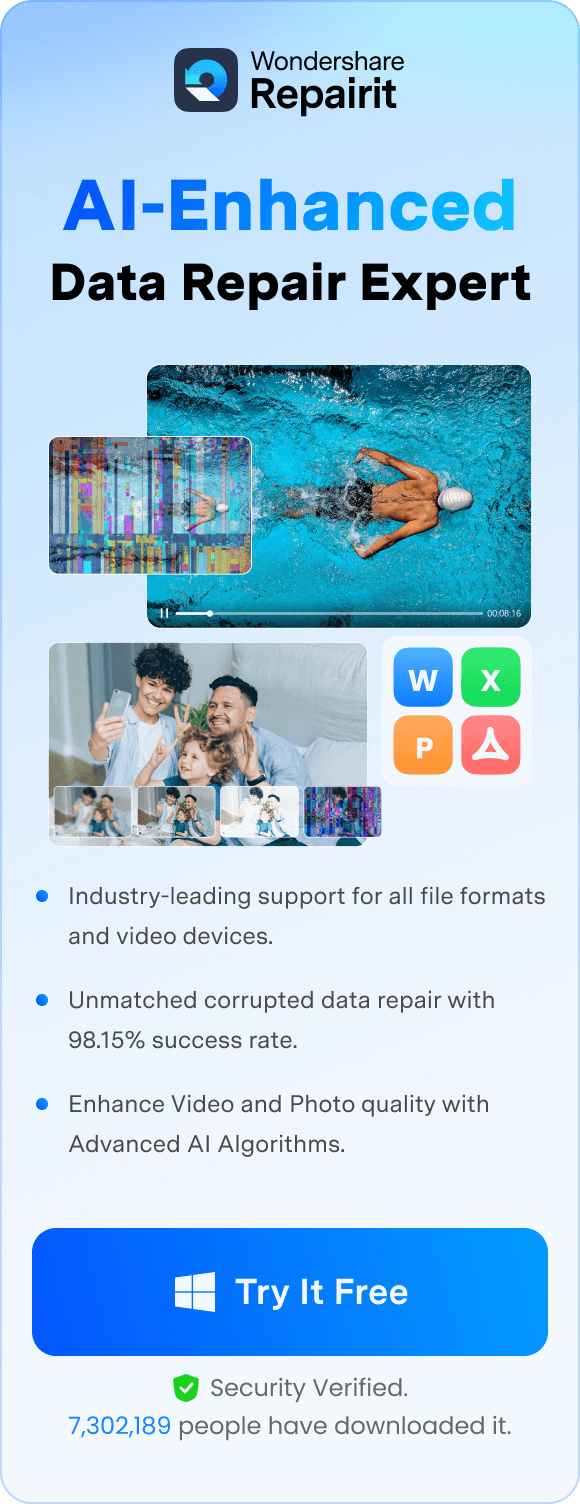Here’s the deal: Dashcams are no longer a luxury. They’re essential. Whether you're a cautious driver, a frequent road tripper, or someone who wants peace of mind, understanding how to use your dashcam video and dashcam footage is crucial. The right footage can protect you in insurance claims, back you up in court, or even go viral for the right reasons.
Dashcam video isn't just a recording of your drive; it’s a timestamped record of real-world events. Whether you're dealing with minor fender benders, false accusations, or capturing breathtaking drives, managing dashcam footage properly ensures you're always one step ahead.
In this article
Part 1: Understanding What Dashcam Footage Is and Why It Matters
You might not think about it much when you're behind the wheel, but your dashcam is quietly capturing every second of your journey. Whether you're commuting to work, driving through the mountains, or parked outside a coffee shop, your dashcam video becomes your silent witness. In this section, you’ll learn exactly what dashcam footage is, what formats it comes in, why it's valuable in real-life scenarios, and what legal role it can play.
What Is a Dashcam Video?
A dashcam video is a digital recording created by a small camera mounted on your car’s dashboard or windshield. This camera typically starts recording automatically when the car turns on and keeps capturing video in real-time until the vehicle shuts off. Some advanced dashcams even continue recording when the vehicle is parked, using motion detection or impact sensors to trigger recording.
Unlike security cameras, dashcams are designed specifically to monitor road activity. They capture everything from traffic violations to license plates to the behavior of other drivers—and they save it all on a memory card or cloud storage. The purpose of a dashcam isn't just to document your drive—it’s to protect you from liability and serve as unbiased, timestamped evidence when things go wrong.
Common Dashcam File Formats
Your dashcam doesn't just capture video—it saves it in specific file formats that determine how easy it is to access, edit, or share the footage later. Most dashcams save video in a compressed format to optimize storage space and quality.
Here are the most common formats you'll come across:
MP4 – This is the most popular format. It’s widely supported across devices and operating systems. Whether you're using Windows, macOS, Android, or iOS, you’ll likely be able to open an MP4 file without needing special software. It also strikes a great balance between video quality and file size.
AVI – Although older than MP4, the AVI format is still used by some dashcams. It’s compatible with most players, but tends to produce larger files, which can fill up your memory card faster.
MOV – This format is primarily used by Apple devices, especially when you’re dealing with iPhones or Macs. It offers high-quality playback but may not be as universally accessible as MP4 unless you're in the Apple ecosystem.
Proprietary formats – Some dashcam manufacturers use their own unique file types that require their specific apps or software to view. This can be inconvenient if you're trying to quickly access the footage on a different device.
Understanding the file format of your dashcam footage is important because it affects how easily you can transfer, edit, or upload the video—especially if you need to send it to your insurance company or use it in court.
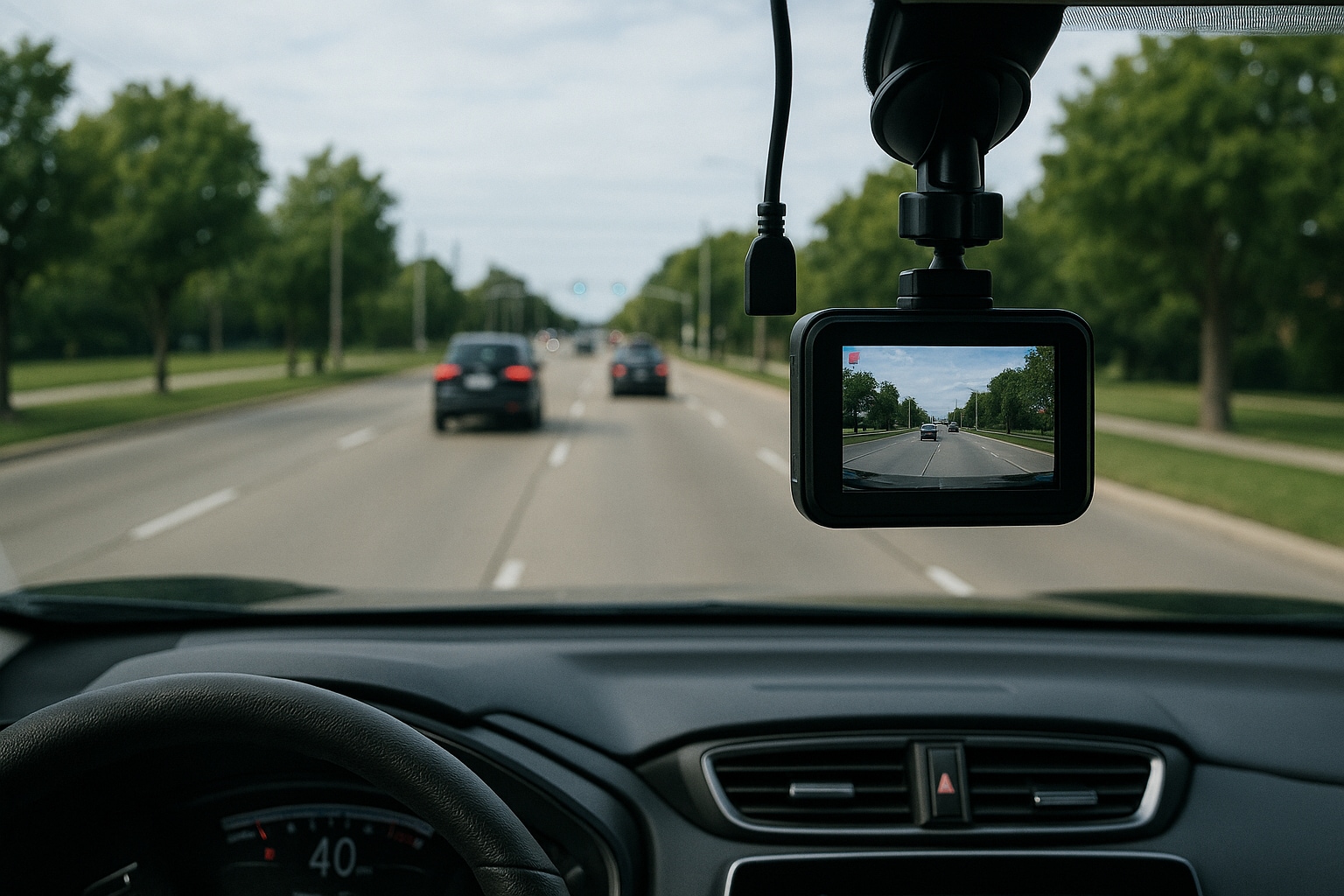
Real-Life Uses of Dashcam Footage
Want to know the best part? Dashcam footage has a real-world impact.
This isn’t just about recording your road trips or scenic drives (although that’s fun too). Your dashcam can become a crucial tool in the moments that really matter. Here’s how you might use dashcam video in everyday life:
Accident Evidence – If someone hits your vehicle and blames you, your dashcam can prove who was actually at fault. This is especially useful in hit-and-run situations or when there are no witnesses around.
Insurance Claims – Footage can speed up claim processing and ensure you don’t get blamed for something you didn’t do. Many insurers accept dashcam footage as part of their investigation.
Viral Content – Some people capture unbelievable or even hilarious moments on their dashcams—like near misses, animal encounters, or natural disasters. These clips often go viral on social media or news channels.
Protection from False Accusations – Have you ever been wrongly accused of running a red light or cutting someone off? Dashcam footage can set the record straight.
Fleet Management – If you manage a company with delivery or transport vehicles, dashcam footage allows you to monitor driver behavior, reduce liability, and improve safety.
In all these cases, the dashcam footage speaks louder than words. It provides undeniable evidence that can protect your financial and legal interests.
Legal Importance of Dashcam Videos
You might be wondering: Can dashcam footage be used in legal cases?
The short answer is yes, but with a few caveats.
In most jurisdictions, dashcam video is admissible in court as long as it’s clear, relevant to the case, and hasn’t been tampered with. If you're involved in a car crash, for example, your dashcam could help determine who’s at fault by showing how the collision unfolded in real-time.
However, you must be aware of privacy laws, especially in states or countries that have stricter rules about recording people without their consent. If your footage includes audio or captures people’s faces or private conversations, you may run into legal issues unless you’ve followed proper guidelines.
Some legal systems also require that dashcam recordings be authenticated, meaning you might need to testify that the footage hasn’t been altered. Courts may also ask for timestamps, GPS data, or metadata to verify when and where the recording took place.
Part 2: How to Retrieve Dashcam Video From Your Device
Retrieving your footage is the first step. Here’s how you can access it, depending on your device:
Way 1: Remove the SD Card
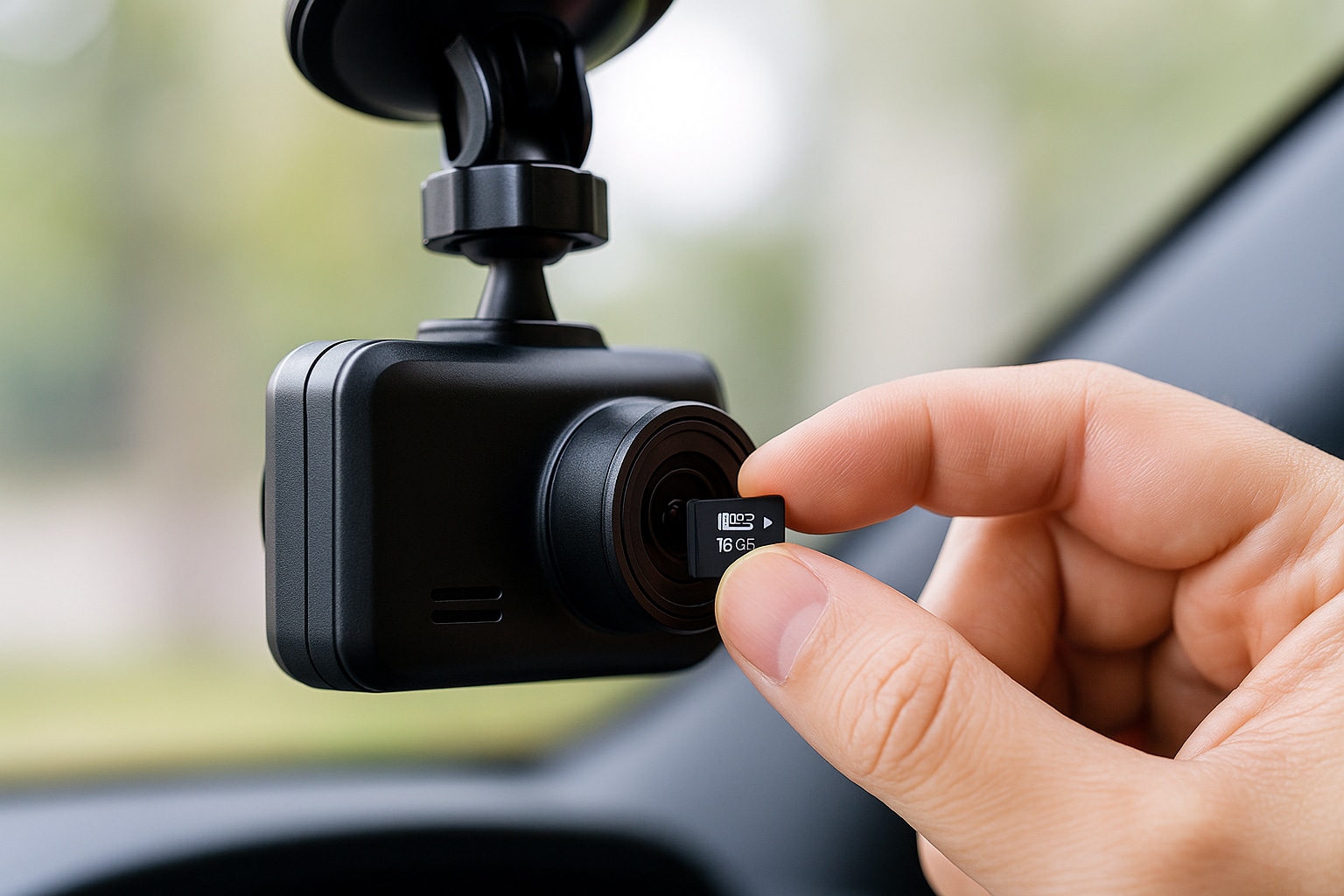
- Most dashcams save videos to an SD card. You can:
- Turn off your dashcam.
- Eject the SD card.
- Insert it into a card reader on your PC or laptop.
Your videos will be stored in folders usually named by date or time. Just open, preview, and copy them to your device.
Way 2: Connect Via USB
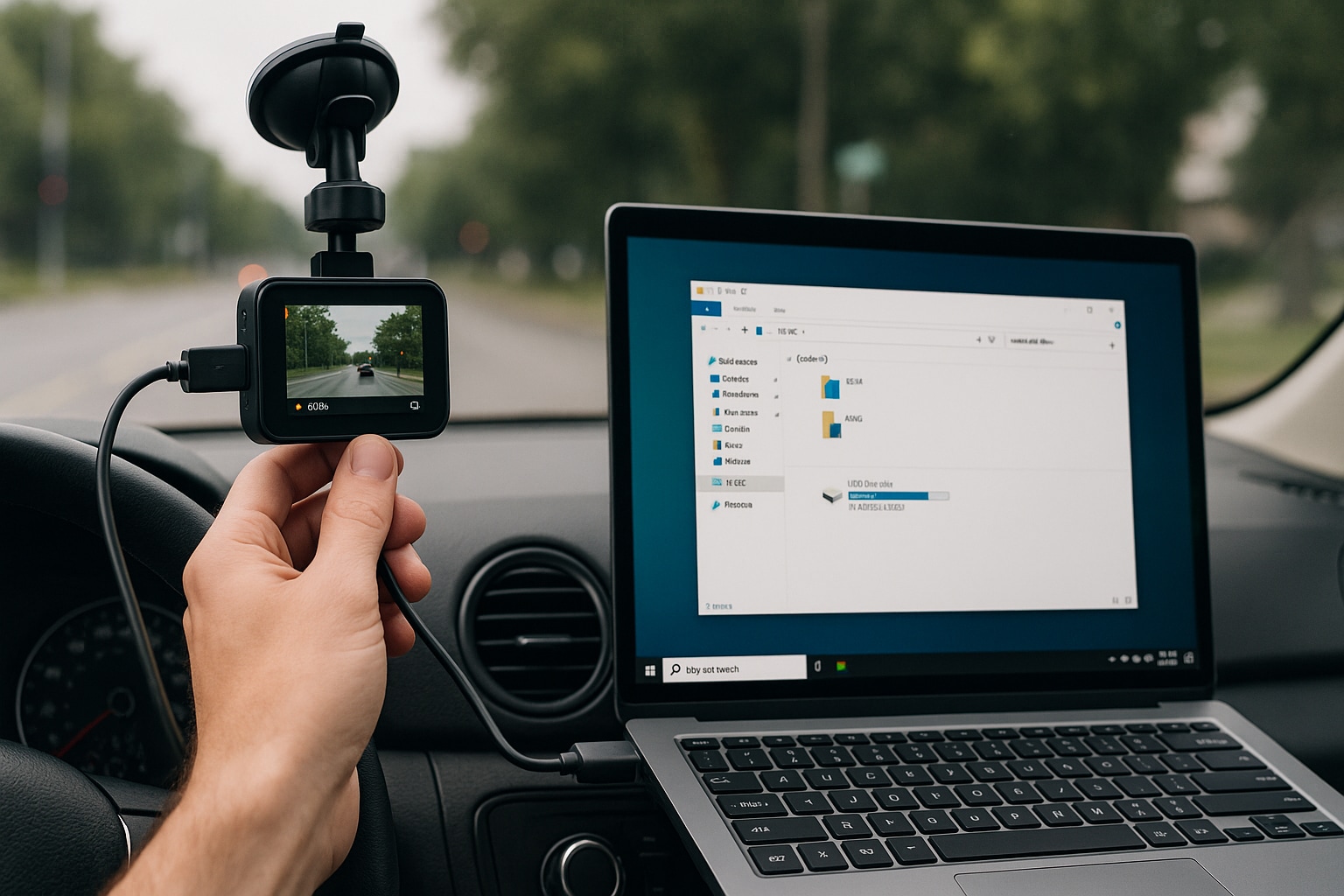
Some models allow USB connections. Plug one end into the dashcam and the other into your computer. The camera may show up as a removable drive.
Browse through the files as you would with a USB stick.
Way 3: Use Wi-Fi or Bluetooth Dashcam App
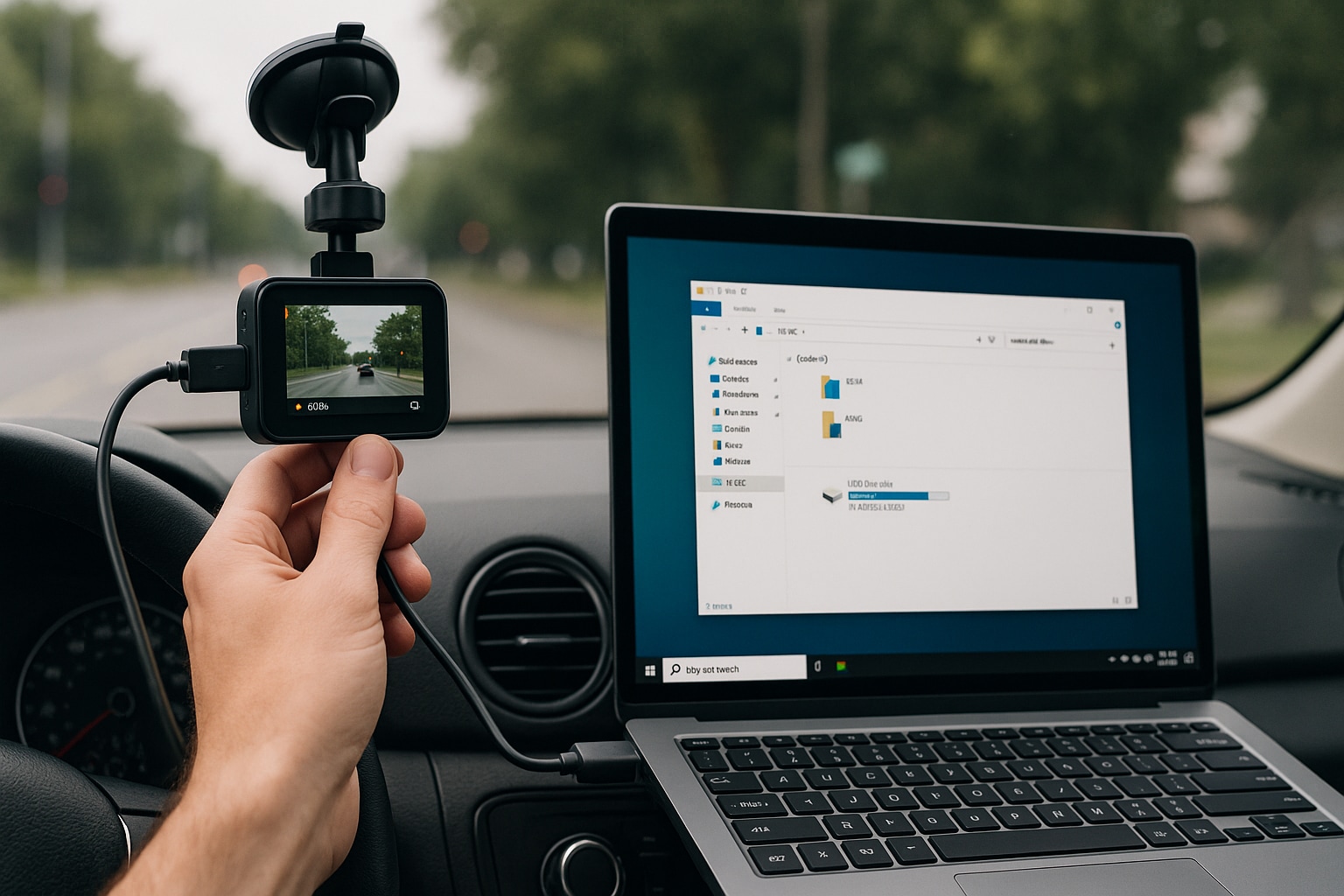
- Modern dashcams support wireless access. Download the companion app (e.g., Thinkware Cloud, BlackVue) and:
- Open the app.
- Connect your phone to the dashcam’s Wi-Fi hotspot.
- Access and download footage directly.
Way 4: Access Cloud Storage
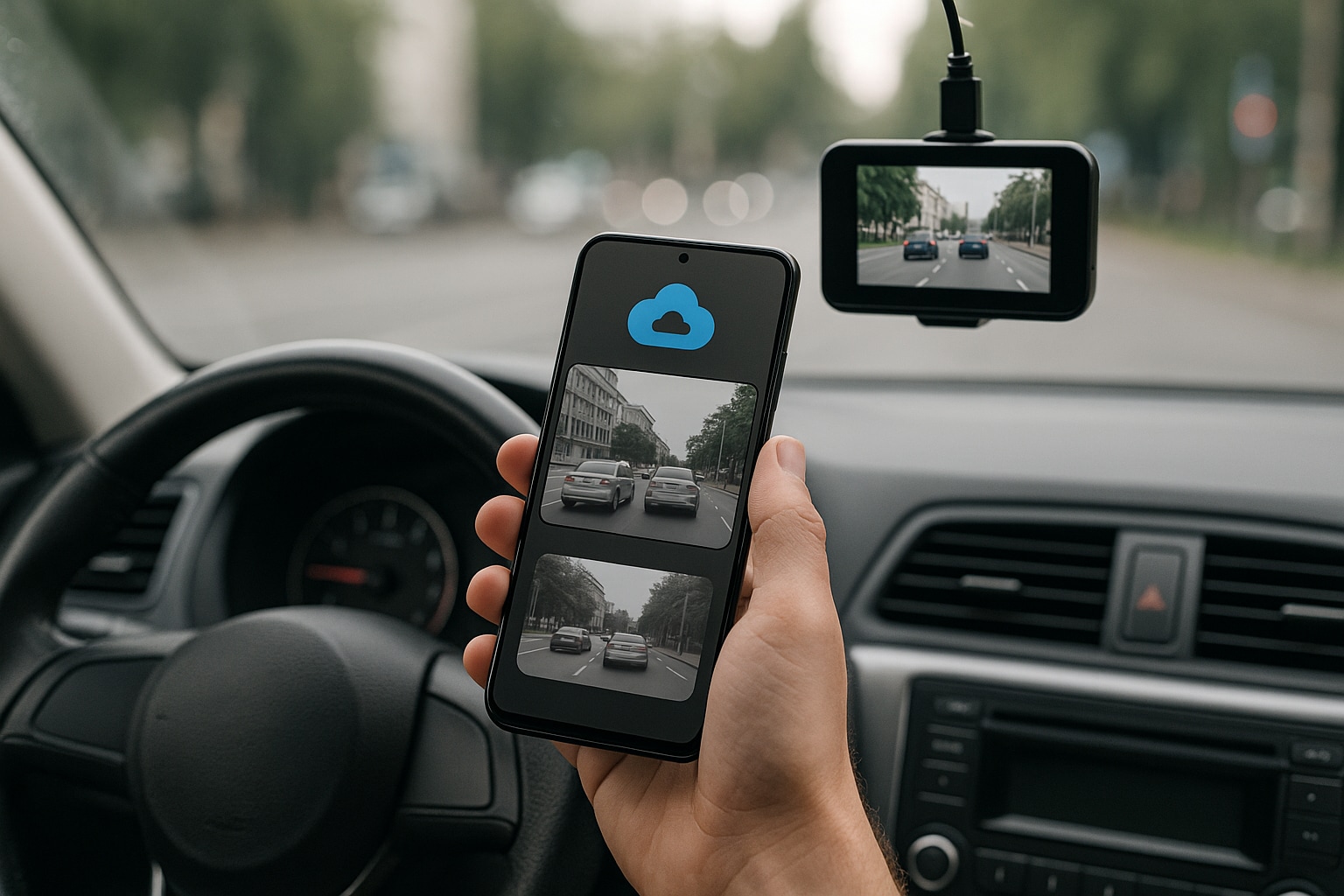
Cloud-connected dashcams automatically upload footage in real time. Log in to the brand's cloud dashboard and select the footage you need. This is ideal if your SD card is damaged or lost.
Part 3: Simplifying Dashcam Video Transfers With Mobile Apps
Want to know the best part? You don’t need a laptop to share dashcam videos anymore. With mobile apps, it’s faster than ever.
Top Dashcam Apps for Footage Transfers
- Thinkware Cloud: Real-time viewing and GPS tracking.
- BlackVue App: Cloud storage and video sharing.
- VIOFO App: Quick download and playback interface.
Step-by-Step Guide to Transfer Dashcam Footage via App
Step 1 – Open the dashcam app on your phone.
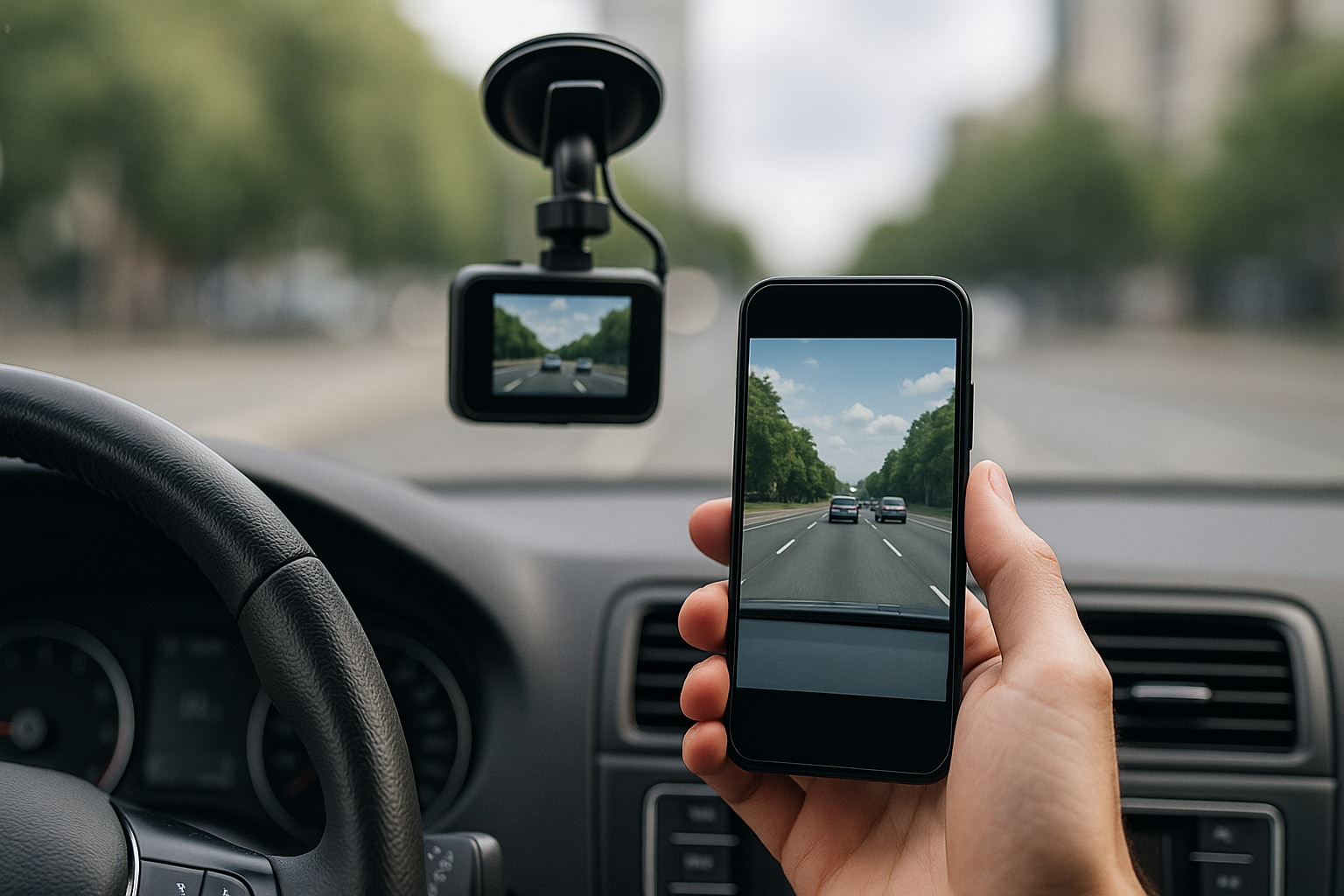
Step 2 – Connect your device to the dashcam (Wi-Fi/Bluetooth).
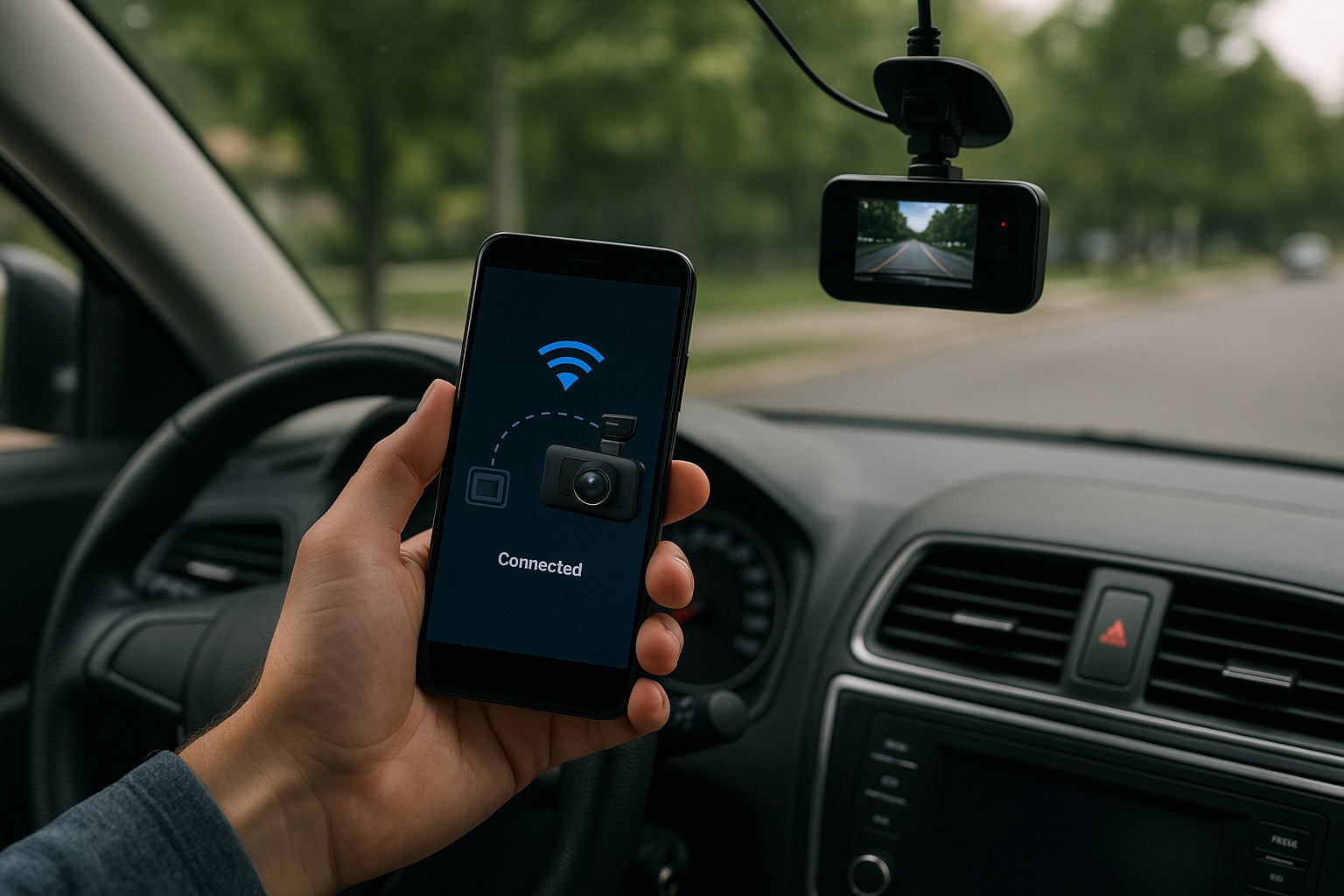
Step 3 – Navigate to the “Videos” section.

Step 4 – Tap and download the required clip.
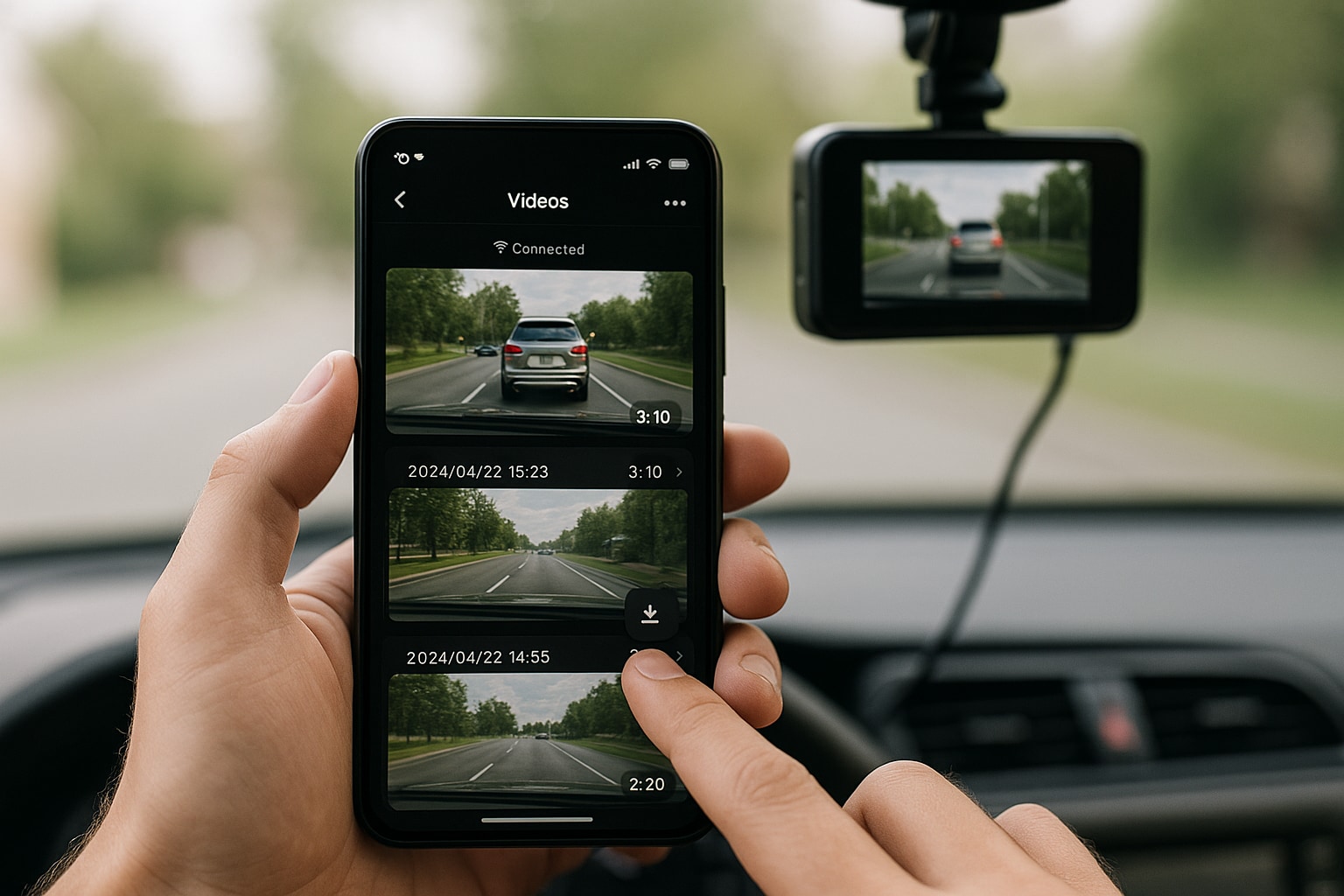
Step 5 – Use the in-app share option to send via email, cloud storage, or messaging apps.
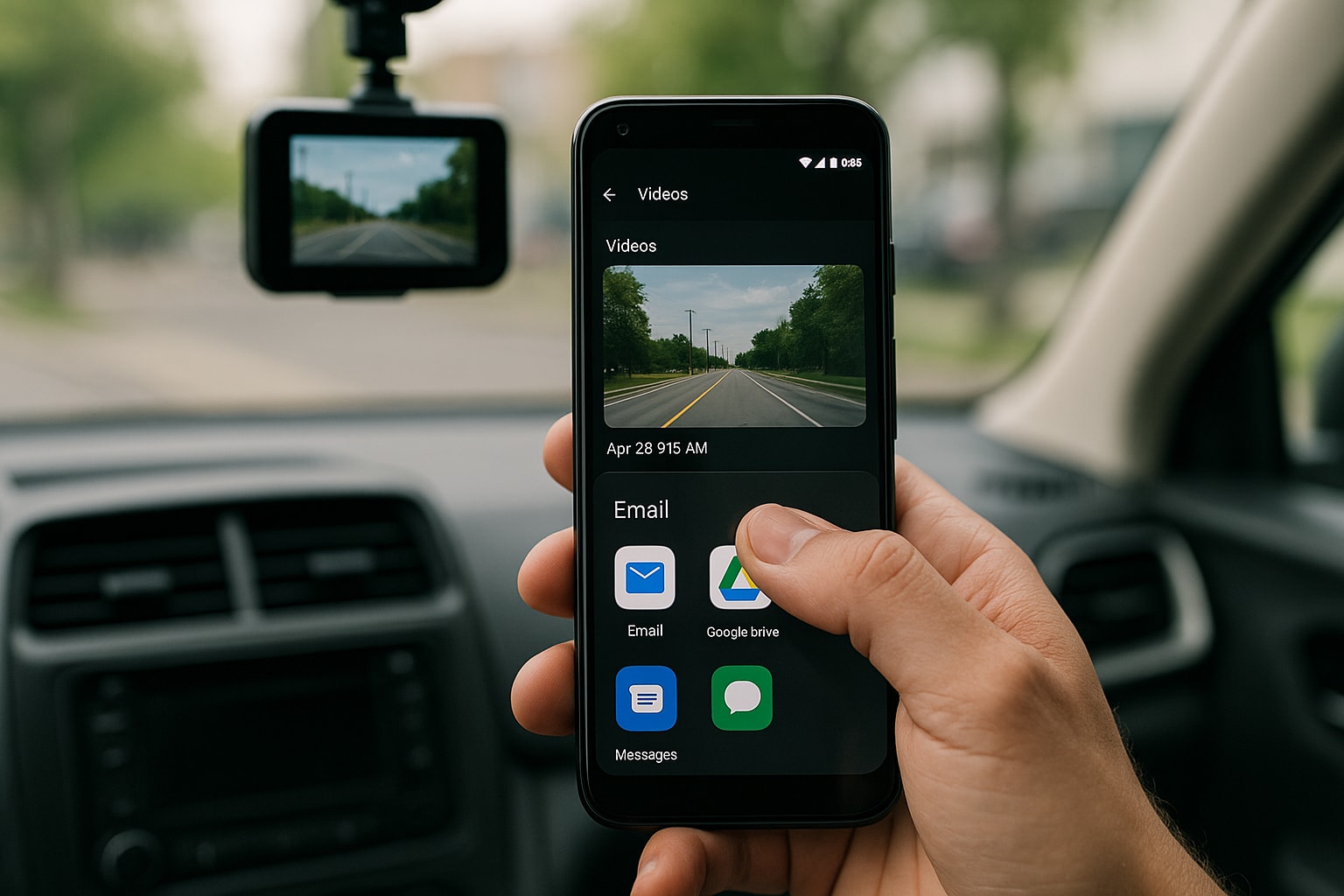
It gets better: Many apps now offer automatic backups and emergency video save features that store critical moments before and after an incident.
Part 4. Common Issues With Dashcam Videos and How To Fix Them
Unfortunately, dashcam videos don’t always work as expected. Let’s fix that.
Issue 1: Corrupted Video Files
Sometimes, your file may not open, or it may crash halfway through. This usually happens due to:
- Sudden power loss.
- Interrupted recording.
- Damaged SD cards.
Issue 2: Unsupported Formats
If your media player says “cannot open this file,” your dashcam may use a non-standard format.
Issue 3: Blurry or Unclear Footage
What’s the bottom line? A video that’s too blurry won’t help in court or with your insurer. You need to fix this before using it as evidence.
How to Repair Dashcam Video Using Repairit
Repairit is a trusted video repair tool that helps you fix corrupted or unplayable dashcam footage quickly. Whether your dashcam video is stuck on a black screen, shows frozen frames, or won’t open at all, Repairit supports formats like MP4, MOV, and AVI—commonly used in dashcam footage. It uses smart technology to restore damaged files without requiring technical skills. You simply upload the broken video, click repair, and save the fixed version. If you're dealing with low-quality or incomplete recordings, Repairit can enhance clarity and recover valuable data, ensuring your dashcam always delivers reliable, usable proof when needed.
And here’s the kicker: You don’t need to be tech-savvy to fix broken videos. Wondershare Repairit makes it easy to restore dashcam footage.
What Repairit Can Fix:
- Dashcam files that won’t play (MP4, AVI, MOV).
- Blurry, fuzzy, or low-resolution footage.
- Videos with black screens or frozen frames.
- Incomplete or half-downloaded clips.
Step-by-Step Guide to Repair Dashcam Videos:
Step 1. Reach the software and click +Add, and upload the corrupted or blurry dashcam file.
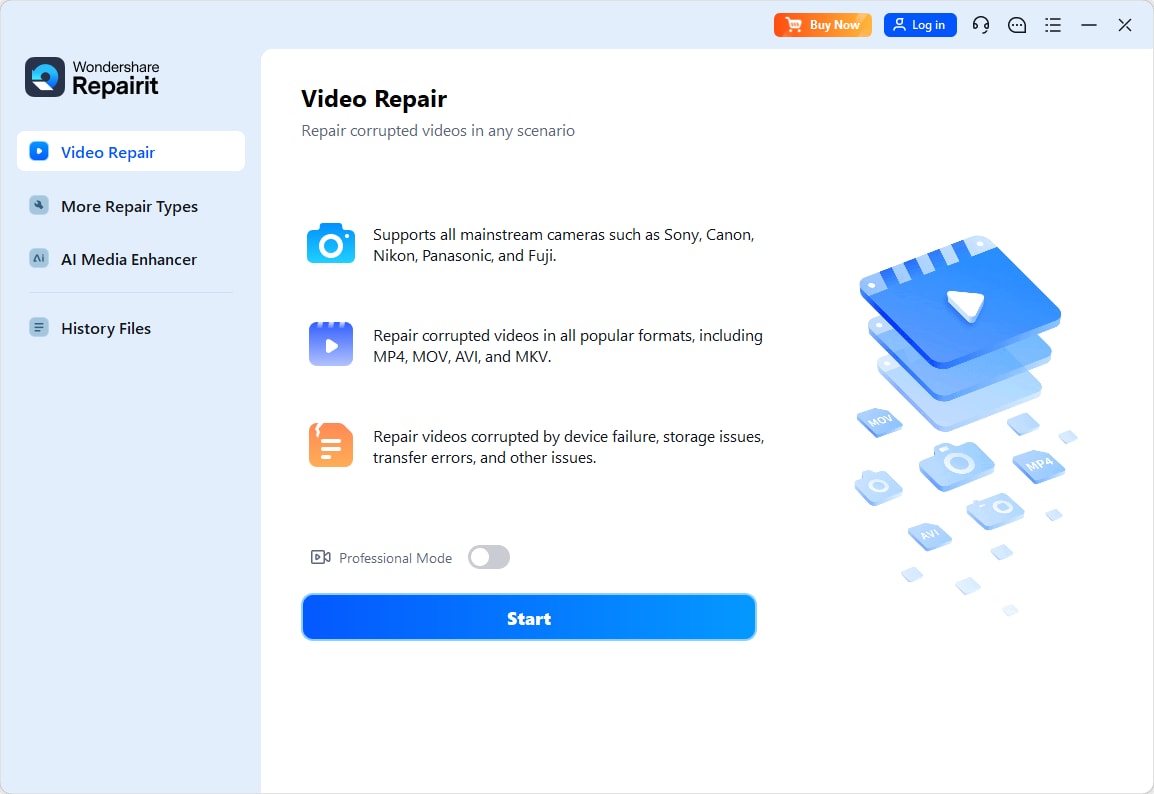
Step 2. Click Repair. The tool begins fixing the video automatically.
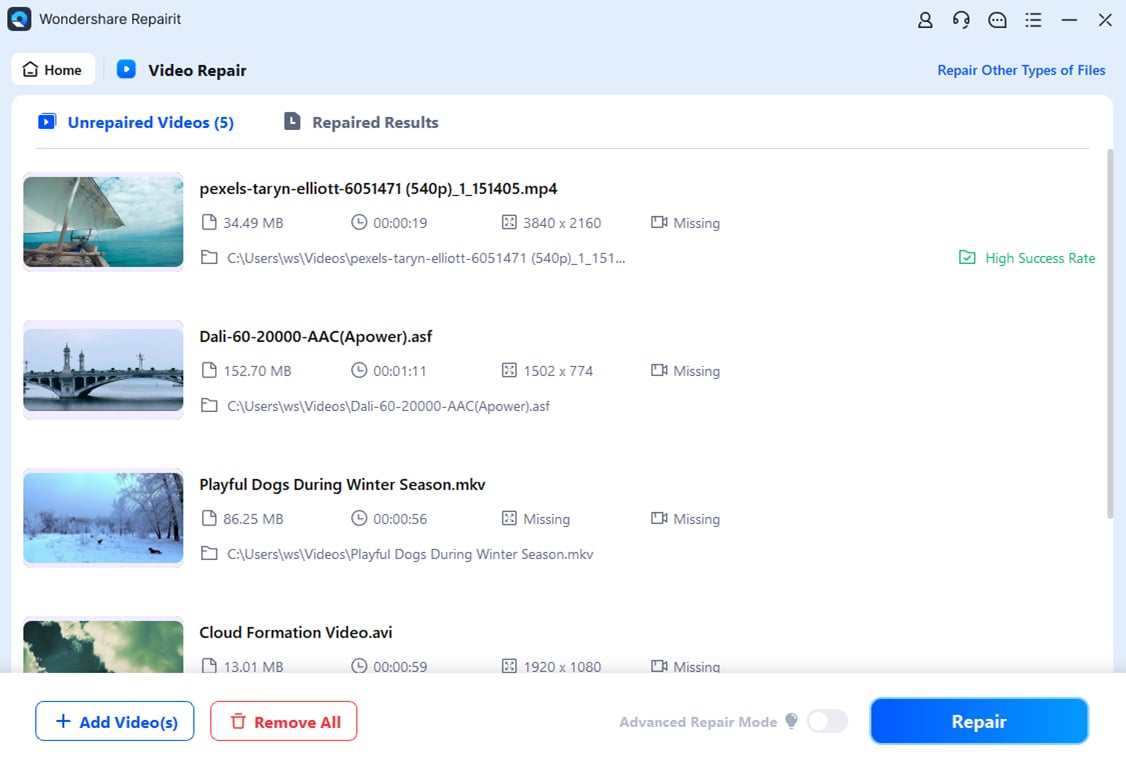
Step 3. If needed, use Advanced Repair by uploading a sample file from the same dashcam.
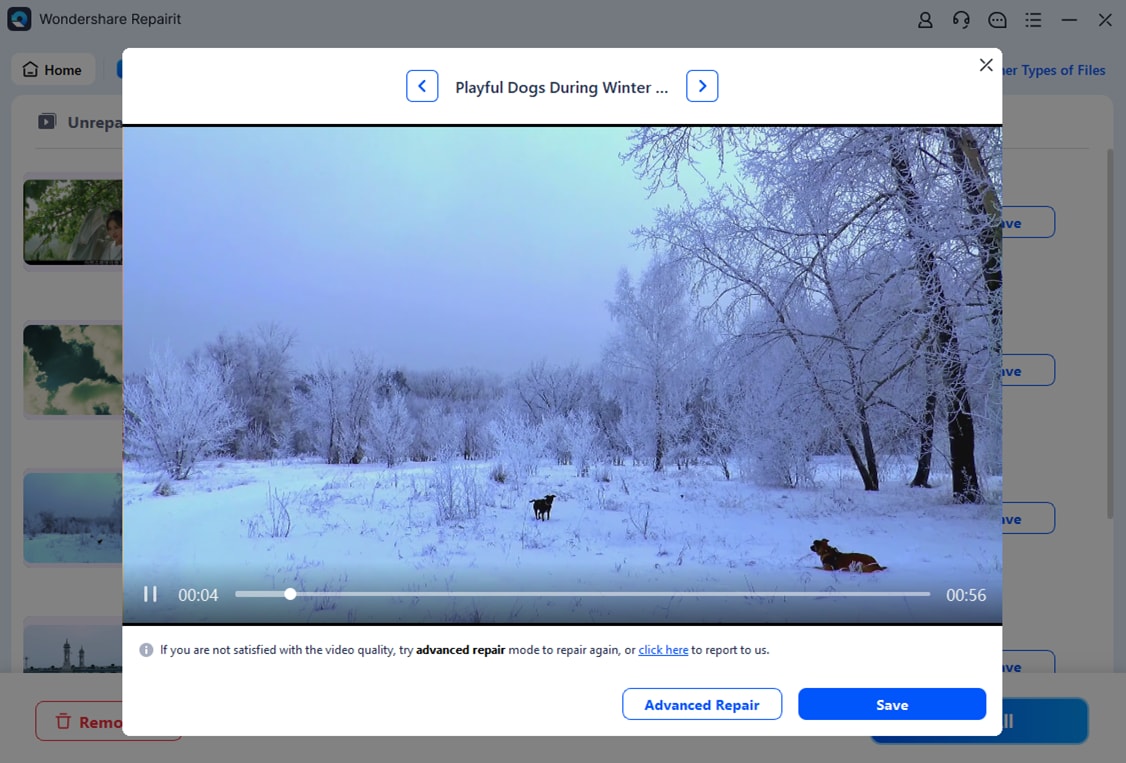
Step 4. Preview the repaired file. Then click Save.
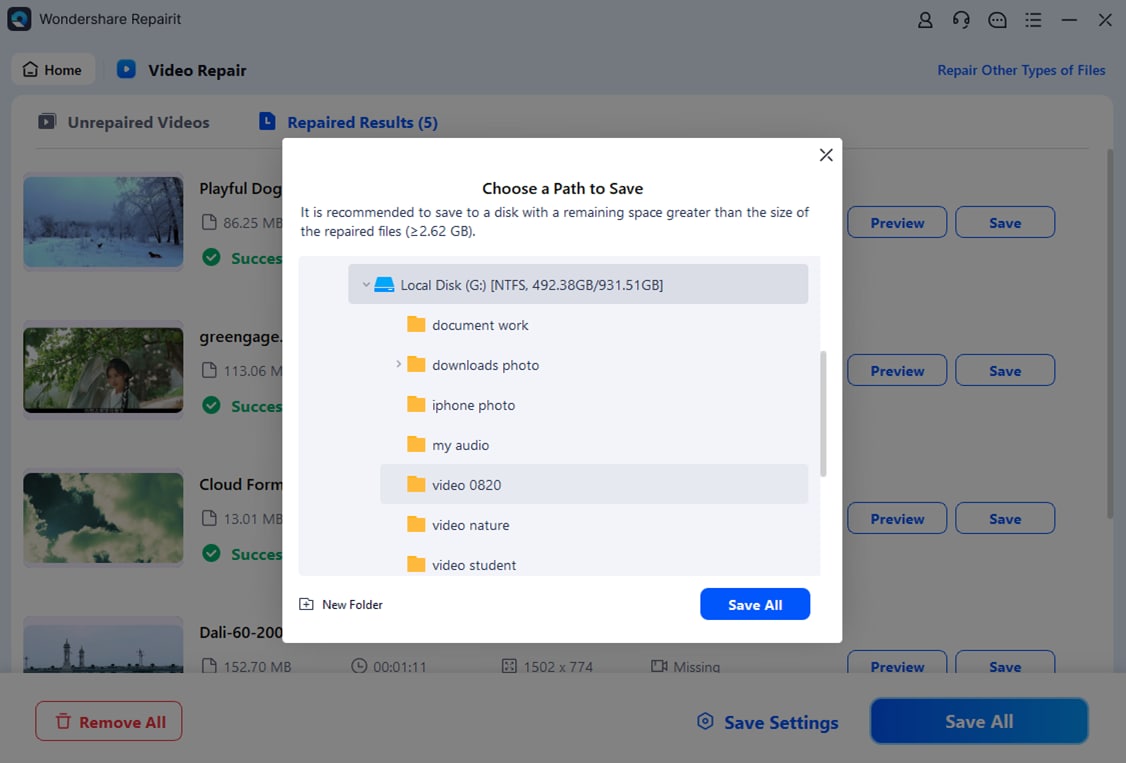
Enhance Your Blurry Dashcam Footage Now

Note. You might wonder: Can this bring a dead video back to life?
Yes, especially if the corruption was caused by transfer errors, SD card damage, or low memory. Thousands of users rely on Repairit for saving travel footage, insurance proofs, and viral content.
Conclusion
Dashcam footage is more than helpful—it’s your on-the-road backup. Whether you're resolving an accident, filing insurance, or sharing a memorable drive, knowing how to retrieve, transfer, and repair dashcam video gives you the upper hand. This guide walked you through accessing files, fixing playback issues, and using apps effectively. And if your footage gets corrupted, tools like Wondershare Repairit offer a simple way to restore it. Use your dashcam smartly, and you'll always have reliable evidence when it matters most, making every drive safer, smarter, and more secure.
FAQs
-
Q: Can I use dashcam footage in court?
A: Yes. Dashcam video is often accepted as evidence, but laws vary by state or country. Check local privacy regulations. -
Q: How do I extract a specific clip from a long dashcam recording?
A: Use editing software or the dashcam app to trim and save the part you need. -
Q: Is it legal to post dashcam videos online?
A: Generally, yes, but blur license plates or faces to avoid privacy violations.


 ChatGPT
ChatGPT
 Perplexity
Perplexity
 Google AI Mode
Google AI Mode
 Grok
Grok
